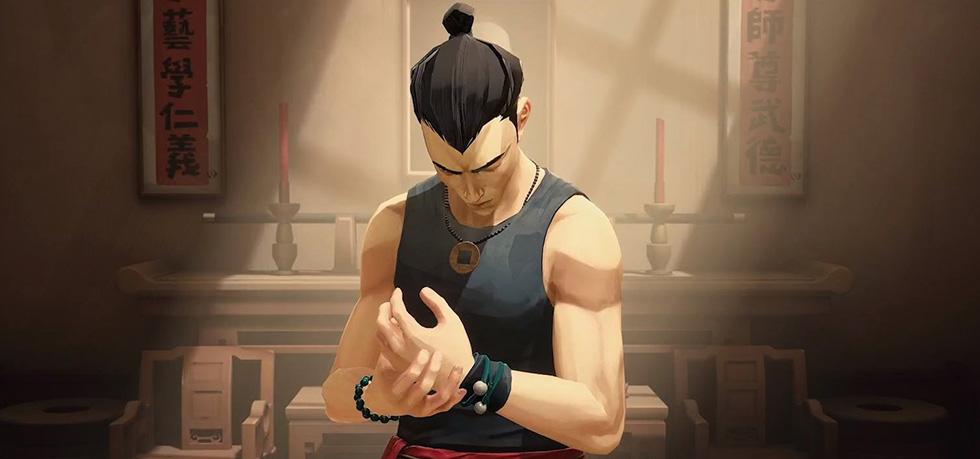

Sound is also used well in keeping the locations memorable, with Beijing-based composer Howie Lee crafting music perfect for the tone of each hideout.Ĭombat is undoubtedly the main focus of Sifu, and it is here that the game shines brightest.
#Sifu game rating how to
Sloclap clearly knows how to give players information through visual presentation, which is vital for players to succeed. More powerful enemy attacks flash red and yellow depending on how dangerous they are, while stronger opponents appear with a fiery aura.

These both give clues as to how close you are to a game over. There are other examples of excellent visual cues, with the pendant gradually breaking on screen and the protagonist looking older and wearing different clothes while aging. This attention to detail keeps things fresh as you go from one combat area to another, and allows you to better keep track of where you are in a hideout during repeated visits. Some are filled with melee weapons, while others contain objects that can be destroyed during fights. The setting of each location is strikingly different from one another, with each boss being tied to a color that is also reflected in their respective hideout.Įach combat area within a hideout is also visually unique and rich in detail. Visually, Sifu is extremely impressive, with a distinctive art style and engaging color palette.

Experimentation at these shrines offers players variation in approach and keeps runs feeling fresh, particularly when you inevitably go backwards in order to improve your age. These are rare, but offer a reward, with various enhancements tied to XP, combo score, and character age. The latter is of particular importance for progress, as are shrines. The roguelike elements really shine here, with gained XP able to be spent on permanent skill points that offer powerful combos, and shortcuts obtained from mini bosses allowing you to skip parts of each hideout after getting to a certain point. After a game over, the player can resume from the last unlocked hideout at the age they were when they first started it, or choose any previous levels in a bid to lower their overall age through an improved run.


 0 kommentar(er)
0 kommentar(er)
